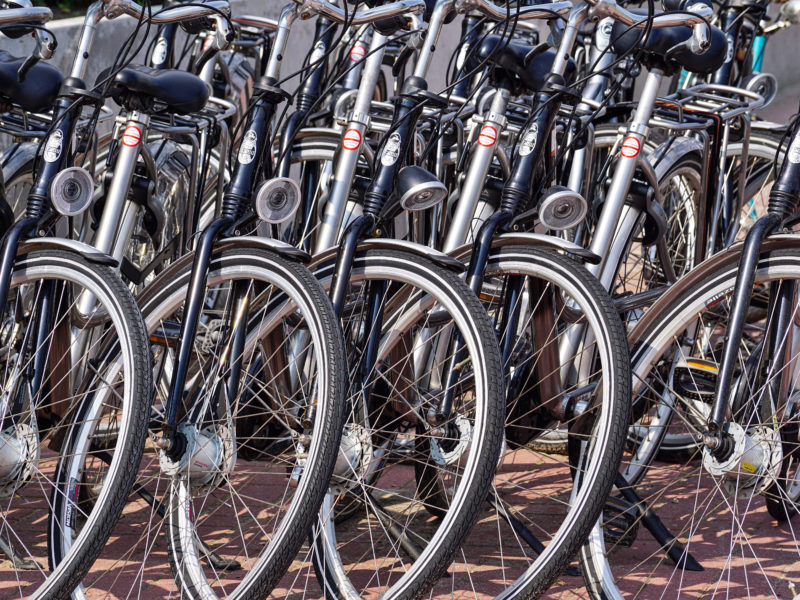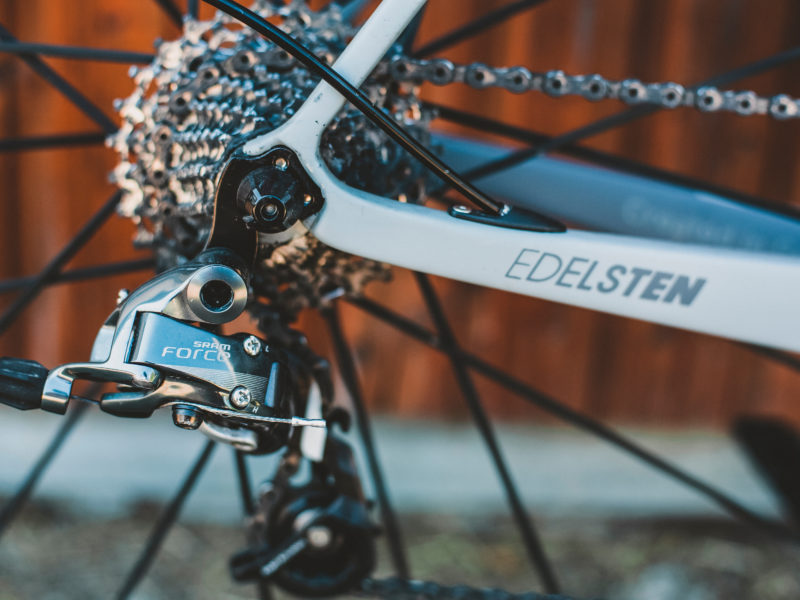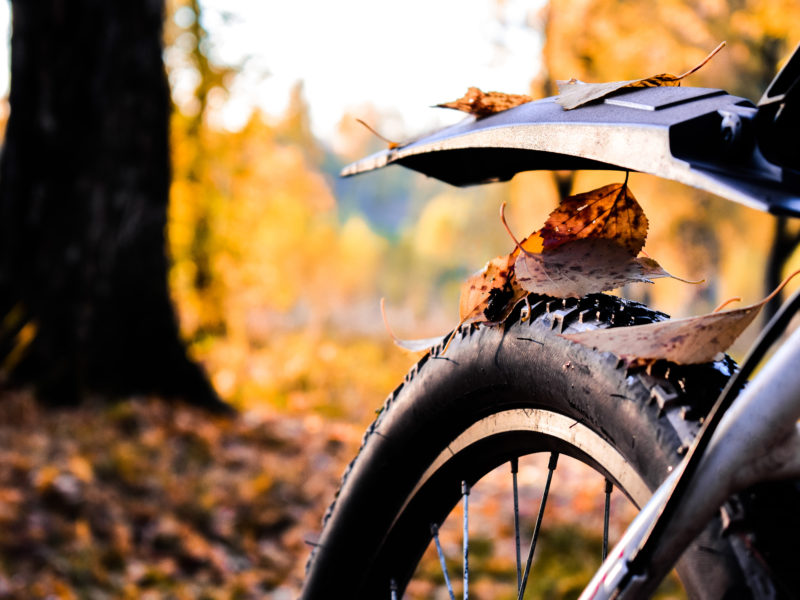For newbies / beginners, cycling can be a little daunting at first. Most people struggle with balance at the start but it’s not a big issue.
Most things can be learnt pretty quickly if you have enough practice consistently.
Here are some of the most basic cycling tips for beginners.
1. Buying the right bike

Before you even begin cycling, you should know which bike to buy first.
It all depends on your purpose.
If you’re only cycling in the city or only on tarred road, you should get a road bike or a simple commuter bike. They do overlap at times.
For mountain biking, you’ll need to get a proper mountain bike for that purpose as the wheels, suspensions and type of brake used are usually different.
For small kids, you can get something child friendly like balance bikes.
Once you have the right bike for you, practice comes next.
2. Getting up on the bike
Obviously, you need to learn how to get on a bike.
For beginners, you may struggle with balance when getting on at first. If you’re unsure, you can try holding on to something strong like a pillar or a wall.
You’ll need to stand beside your bike and which side you’re standing on depends on where your dominant leg is. Dominant leg means the leg which you naturally use first to gain balance if someone pushes you.
If your dominant leg is on the right, place the bike on your right. If it’s your left leg, place the bike on your left instead.
Now, your dominant leg has to go over the bike first and your dominant foot onto the pedal.
When you’re getting up on the bike, the best pedal position for your dominant foot should be at the bottom. This means the other pedal is naturally at the top.
Once your dominant leg is on the pedal, sit down on the bicycle cushion and place your other foot on the other pedal.
3. Learning how to balance
Once you’re on the bike, you need to learn how to balance when cycling.
This one takes a lot of practice more than anything.
If you’re afraid of falling too much, you can try using a balance bike or even training wheels. Wear proper protection for your knees as well.
Most kids at first use either training wheels or they buy a balance bike to practice.
4. How to change gears

Changing gears can be a little complicated to understand at first, and it does help if you try it out yourself.
Nevertheless, there are plenty of guides online on how to shift gears.
Basically, most bikes have either front and back shifters, or just front shifters.
For front and back shifters, you will have two different sets of gears. The right shifter controls the rear set and the left shifter controls the front set.
For the front set, it’s actually easier to pedal if you shift it to a smaller chainring. As for the rear set, it’s easier to pedal if you shift it to a larger gear / cog.
Changing gears are crucial when you’re using too much force to pedal (e.g. uphill) or if you’re exerting too little force but not moving quick enough.
It’s easier to just test it out yourself in a quiet road and feel the difference.
5. How to pump your bike tires
You should also learn how to pump the tires of your bike.
Whenever you feel and see that the tires are getting flat, or if you’re exerting more force to move the bike, then you’ll probably need to pump in air.
You can get a bike pump for a rather cheap price.
In each tire, look for the small cover that blocks the air from escaping. Remove the cover and place the bike pump’s valve.
Start pumping your tires until it’s pretty solid but don’t overdo it. Once it’s pretty hard to continue pumping, it’s an indication that the tire has more than enough air.

6. Learning your brakes
Bicycles typically have two sets of brakes, one for the front tire and the other for the rear.
In the UK, the right brake controls the front tire and the left brake controls the rear tire.
In the US, it’s the opposite side.
You can check it for yourself. Press on the brake and you’ll see which brake is applied on which tire.
Most of the time, you only need to use your front brake. It’s so much stronger and if not done properly, can propel you forwards.
Learn to master the front brake first. The rear brake is typically used in conditions where the road is too slippery, but the front brake proves more than sufficient.
7. Understanding road rules
Last but certainly not least, you should understand the road rules in your own country.
For some advanced countries, you may have special bicycle lanes making it easier to commute in the city.
Otherwise, you’ll need to watch out for the vehicles. Just assume they’re all out to hit you and you should be riding safely.
Related Posts:
Top 10 Most Expensive Bicycles In The World

 Best Road Bikes Under $500 You Can Buy (Reviews In 2023)
Best Road Bikes Under $500 You Can Buy (Reviews In 2023)